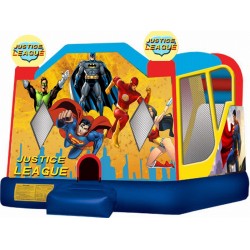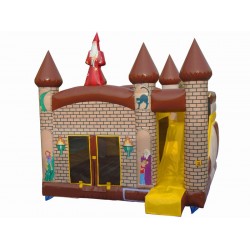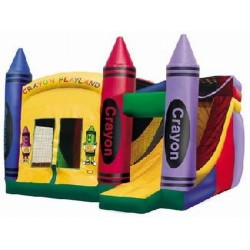What Are the Risks of Exposing Jumping Castles to Prolonged Sunlight?

Jumping castles are a popular attraction at parties and events, providing children with hours of fun. However, when exposed to prolonged sunlight, these inflatable structures can face several risks. In Australia, where the sun can be particularly strong, it’s essential to understand these risks to ensure the safety and longevity of jumping castles.
Risks of Prolonged Sun Exposure
Here are some significant risks associated with exposing jumping castles to prolonged sunlight:
- Material Degradation: Continuous exposure to UV rays can cause the materials of the jumping castle to weaken and degrade over time, leading to tears and punctures.
- Color Fading: Sunlight can cause colors to fade, making the inflatable less visually appealing for events.
- Heat Accumulation: Prolonged sunlight can cause the interior of the castle to become excessively hot, making it uncomfortable for children to play inside.
- Increased Risk of Fire: Although rare, the heat buildup combined with flammable materials can increase the risk of fire hazards.
Preventive Measures
To mitigate the risks associated with prolonged sunlight exposure, consider the following preventive measures:
- Provide Shade: Use canopies or umbrellas to create shaded areas for the jumping castle during outdoor events.
- Monitor Sun Exposure: Regularly check the temperature inside the inflatable and limit playtime if it becomes too hot.
- Choose Quality Materials: Invest in high-quality jumping castles that offer UV protection and are designed to withstand sunlight exposure.
- Follow Manufacturer Guidelines: Always adhere to the manufacturer's recommendations regarding exposure to sunlight and care for the inflatable.
Conclusion
While jumping castles are a fantastic source of entertainment for children, it’s vital to consider the risks associated with prolonged sunlight exposure. By implementing preventive measures and monitoring conditions, you can help ensure a safe and enjoyable experience for everyone involved!




Leave a Comment